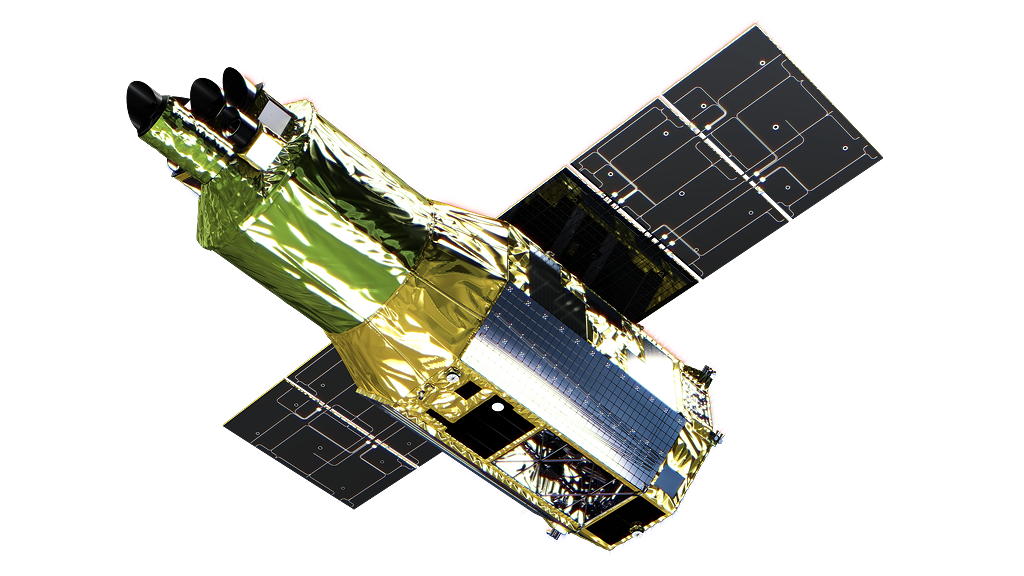The X-Ray Imaging and Spectroscopy Mission (XRISM) is scheduled to launch on September 7, 2023. The mission aims to observe the most energetic objects and events in the cosmos in order to uncover the evolution of the Universe and the structure of spacetime.
XRISM is a collaborative effort between the Japan Aerospace Exploration Agency (JAXA), NASA, and the European Space Agency (ESA). The launch will be livestreamed on JAXA’s YouTube channel in both Japanese and English.
As part of the collaboration, ESA will receive 8% of XRISM’s available observing time in exchange for providing hardware and scientific advice. This allocation will allow European scientists to propose celestial sources to observe in X-ray light and make significant advancements in the field of astronomy.

X-ray astronomy plays a crucial role in studying the most energetic phenomena in the Universe. It provides insights into how the largest structures in the Universe evolve, how matter is distributed throughout the cosmos, and how galaxies are influenced by massive black holes at their centers. Matteo Guainazzi, ESA project scientist for XRISM, emphasizes the mission’s importance as a bridge between ESA’s other X-ray missions, XMM-Newton and Athena.
XRISM’s main objective is to unveil the hot and energetic Universe by detecting X-ray light emitted from super-hot gas surrounding galaxy clusters. This will enable astronomers to measure the total mass of these systems and gain a better understanding of the formation and evolution of the Universe. Additionally, XRISM will study the X-rays emitted by the hot gas within galaxy clusters to determine which elements it contains and how the Universe became enriched with these elements over time.
The mission will also focus on studying individual X-ray emitting objects, such as active supermassive black holes at the centers of galaxies. By measuring the X-ray light from these objects, XRISM will provide insights into how they warp spacetime and influence their host galaxies through the ejection of particles at near-light speeds.
ESA’s involvement in XRISM extends beyond scientific contributions. The agency has provided essential hardware, including a space-proven optical telescope, devices to sense Earth’s magnetic field and orient the spacecraft, and the Resolve instrument, which measures the energy of incoming X-ray photons. Resolve serves as a scientific and technological pathfinder for ESA’s future Athena mission.
European industry has also played a role in XRISM by providing the necessary equipment to keep Resolve’s detector cool and developing the instrument’s six-filter wheel and associated electronics.
Overall, XRISM represents a global effort to explore and understand the most energetic aspects of the Universe. The collaboration between JAXA, NASA, and ESA allows for significant advancements in X-ray astronomy and paves the way for future missions in this field.


 Copyright 2023 All rights reserved.
Copyright 2023 All rights reserved.